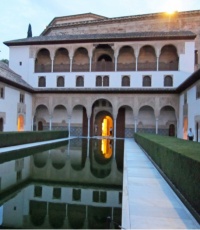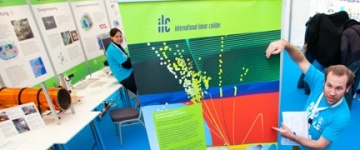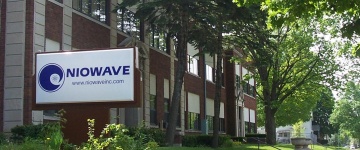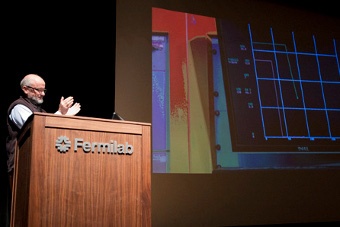In the News
-
from New Scientist1 November 2011As researchers start analysing the new data, the LHC is switching to colliding lead ions for four weeks, starting on 5 November. These collisions produce pockets of very dense and hot matter, recreating the conditions in the first moments after the big bang.
-
from symmetry breaking1 November 2011Stanford University announced today that Persis S. Drell, director at SLAC National Accelerator Laboratory, has decided to return to her position as a faculty member.
-
from Nature28 October 2011This year’s hunt for the Higgs boson is drawing to a close. On 30 October, the Large Hadron Collider (LHC) at CERN, Europe’s particle-physics laboratory near Geneva, will end its 2011 run of the proton–proton collisions that search for the elusive particle, thought to give other fundamental particles their mass.
-
from Time26 October 2011Like Hollywood legends Audrey Hepburn and Katharine Hepburn, dark energy and dark matter are completely unrelated, even though they share a name.
Copyright © 2025 ILC International Development Team




